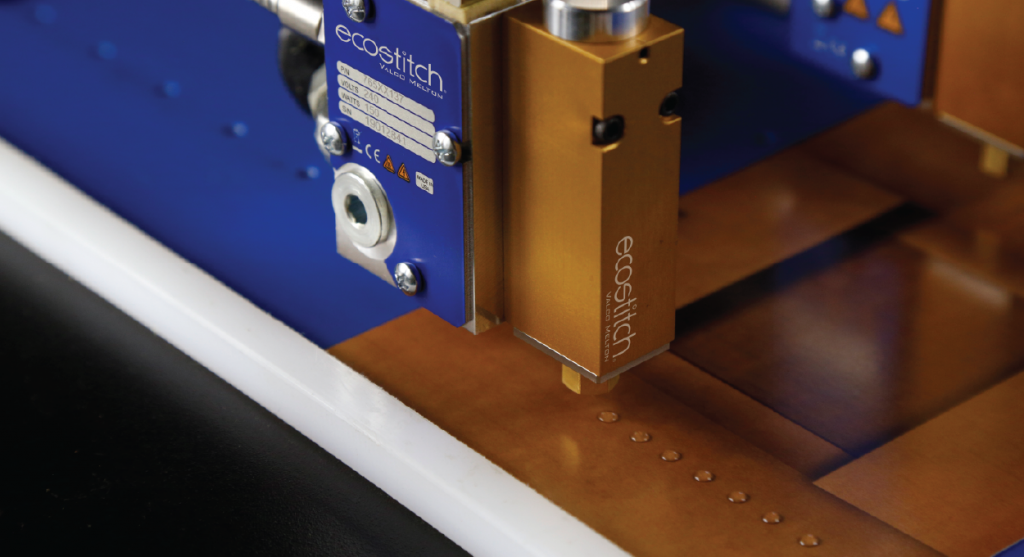One of the biggest threats to the efficiency and profitability of any production line is unscheduled machine downtime. It can be a sudden production halt or an intentional machine stop by an operator who has detected defective functioning on the line.

Not only does this cause time loss, but it also results in increased over-time to meet production goals, as well as replacing a small part that might be currently out of stock. Such unscheduled machine downtime forces operators to leave their tasks and try to fix the problem, which sometimes requires specific knowledge and can only be fixed by the technical service of your packaging machinery supplier (who, to make matters worse, is located miles away and unable to provide immediate assistance). Simply put: it costs you time and money. Sometimes lots of money.
As a leading manufacturer of adhesive dispensing systems for the packaging industry, we are aware of how distressing this situation can be for our customers. For that reason, we have decided to focus on exactly why a hot melt glue system could cause a packaging line to stop.
We found that the main reason for failure on a hot melt glue gun was typically compressed air. Luckily, we also identified a solution to fix this problem: electric hot melt glue guns. To dive deeper, in this post, we examine how all-electric hot-melt systems save more time and money than pneumatic hot-melt dispensing machinery by looking closely at long-term issues reported on air quality, solenoid performance, spare parts replacement and adhesive usage.
Air Quality:
How can compressed air have such a big impact on the life and performance of a hot melt applicator? To start off, manufacturing compressed air is expensive, and due to the age of most systems, the quality of the air starts diminishing shortly after installation. This, in turn, affects the efficiency of the applicator, the accuracy of the pattern and the potential lifespan of the hot melt system. On the other hand, an all-electric valve has a consistent performance throughout its entire life, which can reach up to 300 million cycles.
Solenoid Performance:
Pneumatic hot melt glue guns require air solenoids to activate the module. The combination of heat, debris, oil, and air moisture quickly weakens the solenoid performance, resulting in sloppy or inconsistent glue patterns, spitting, or no glue firing at all. While you might think to replace the solenoid would correct the issue, more often than not, it’s hard to tell whether the origin of the problem is the air-activated solenoid valve alone. Therefore, the nozzle, module, and solenoid are all replaced to ensure the problem is resolved, which necessitates an important investment in spare parts, inventory, storage, and technical training. Since electric valves don’t require solenoid valves, these associated issues are of no concern.
Spare Parts Replacement:
Seals and moving parts in the valve are subject to wearing out and require regular maintenance and replacement to maintain the valve in good condition. By reducing the number of seals, not only can you diminish the maintenance requirements, but it also dramatically reduces the chances of failure. Such is the case with an electric valve, which uses a small number of seals and other moving parts, guaranteeing longer life with less maintenance. To help illustrate this point further, we’ve created this infographic comparing the number of seals in both hot-melt systems.
Adhesive Usage:

Last but not least, electric valves reduce adhesive usage up to 75% while continuing to provide perfect bonding and sealing.
Compared to pneumatic hot melt glue guns, an electric valve can be set to work on stitch mode, producing any desired pattern larger than 1/8” (3 mm). The size of the bead and the distance between beads can easily be set and controlled from a Pattern Controller, which is usually provided as an integrated feature of the hot melt unit. All of this translates to great savings, while still allowing you to deliver a more eco-conscious product.
Why take our word for it? Our customer results speak for themselves: Click here to access the adhesive usage comparison at a well-known global beverage manufacturer, before and after they switched to Valco Melton’s EcoStitch™ Electric Valves.
To contact a hot-melt system specialist today, click here.



